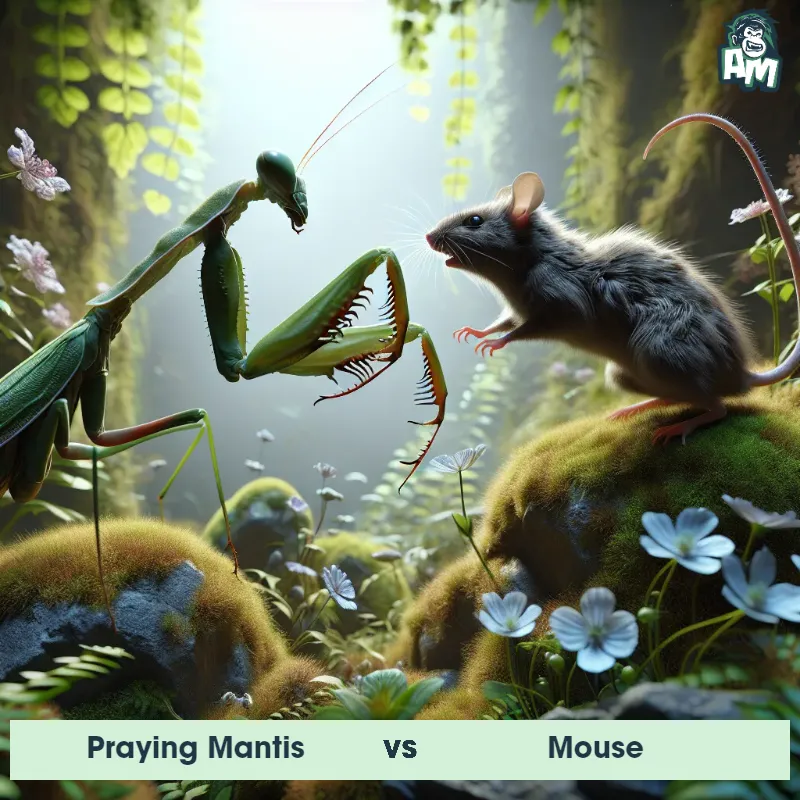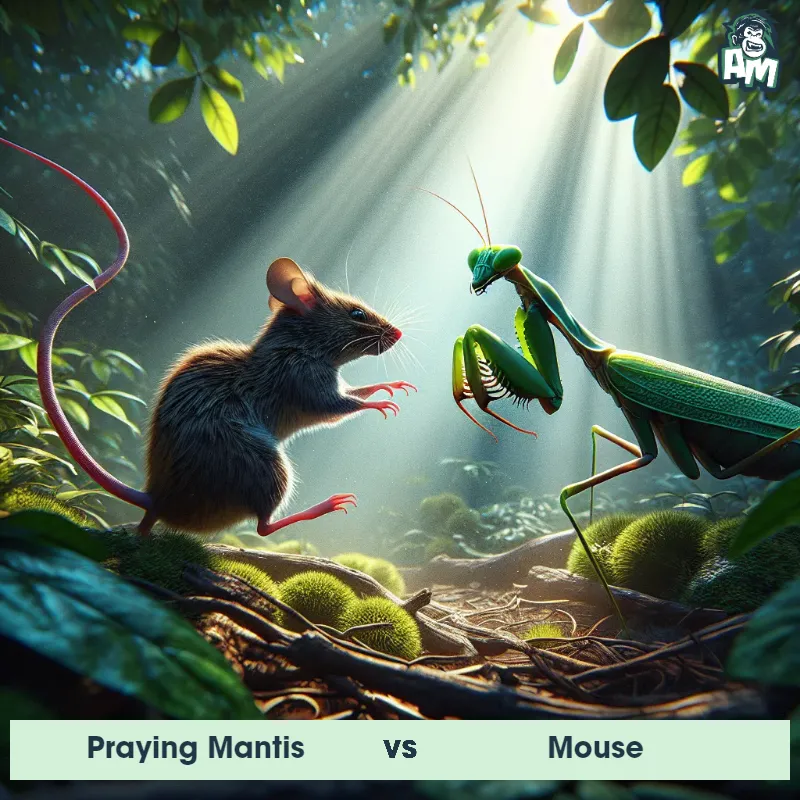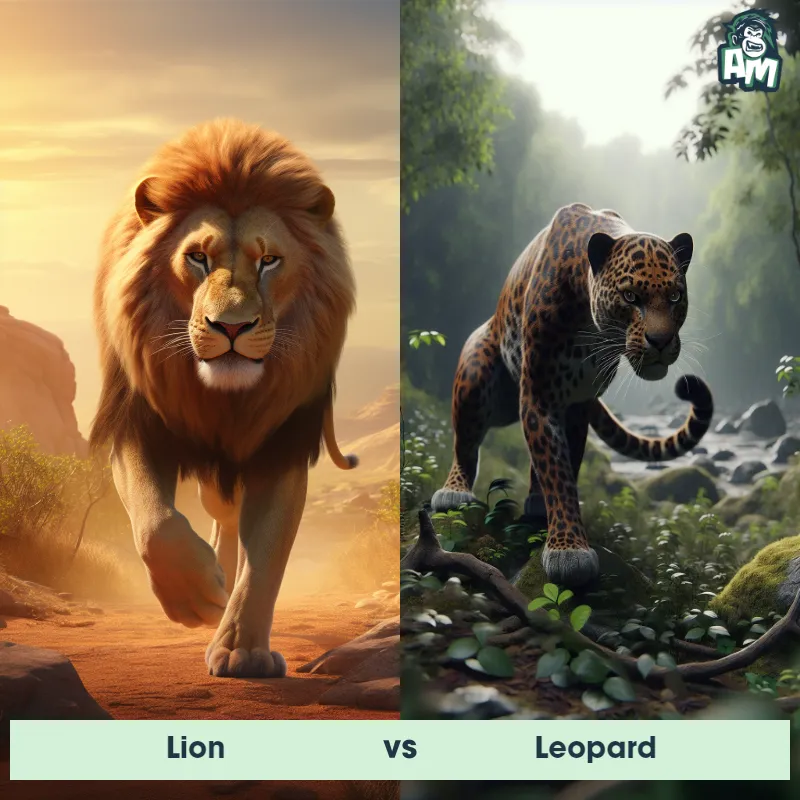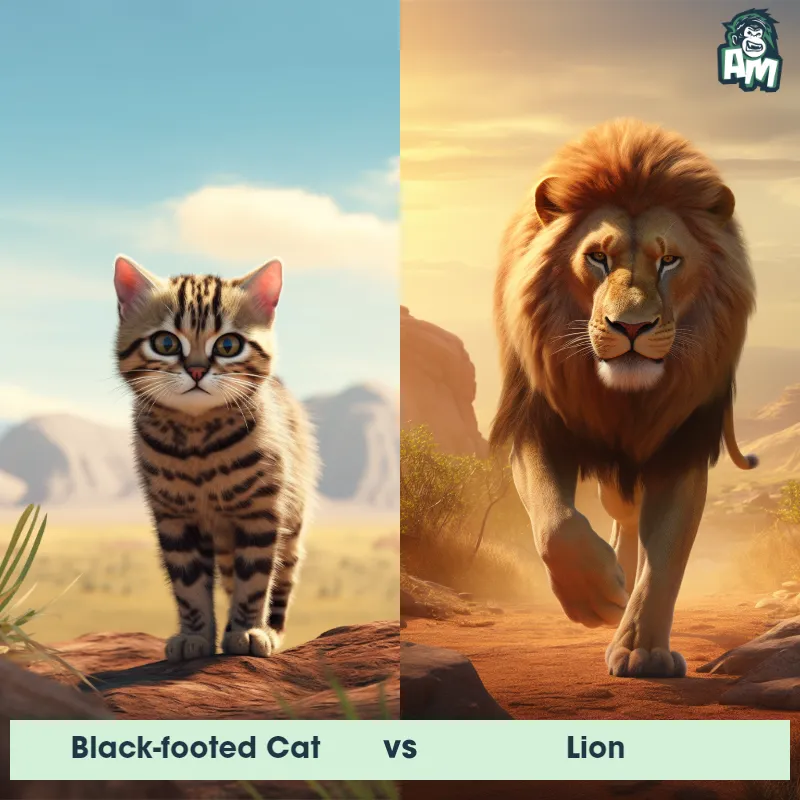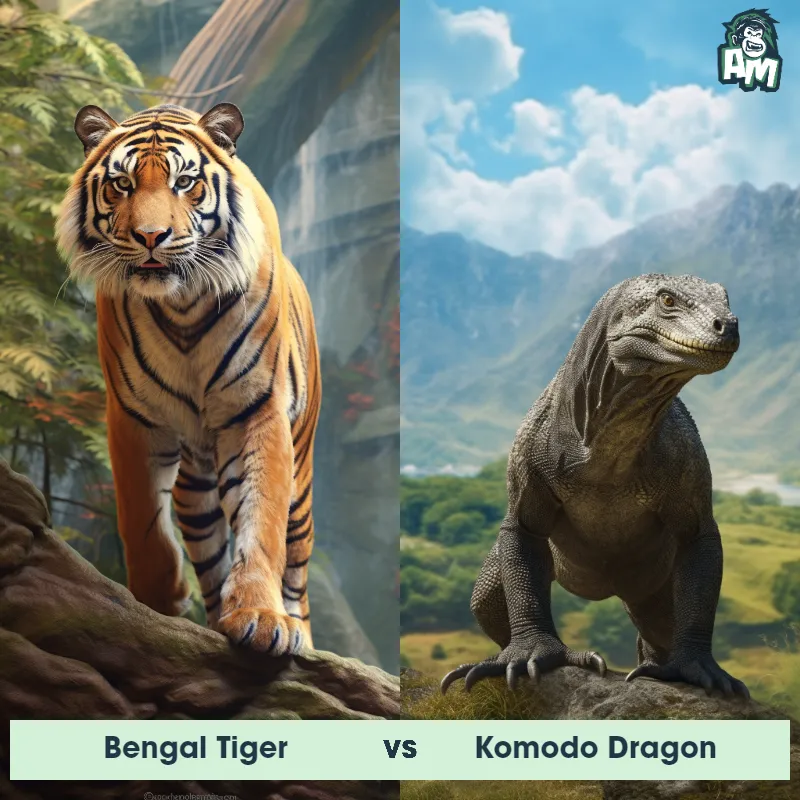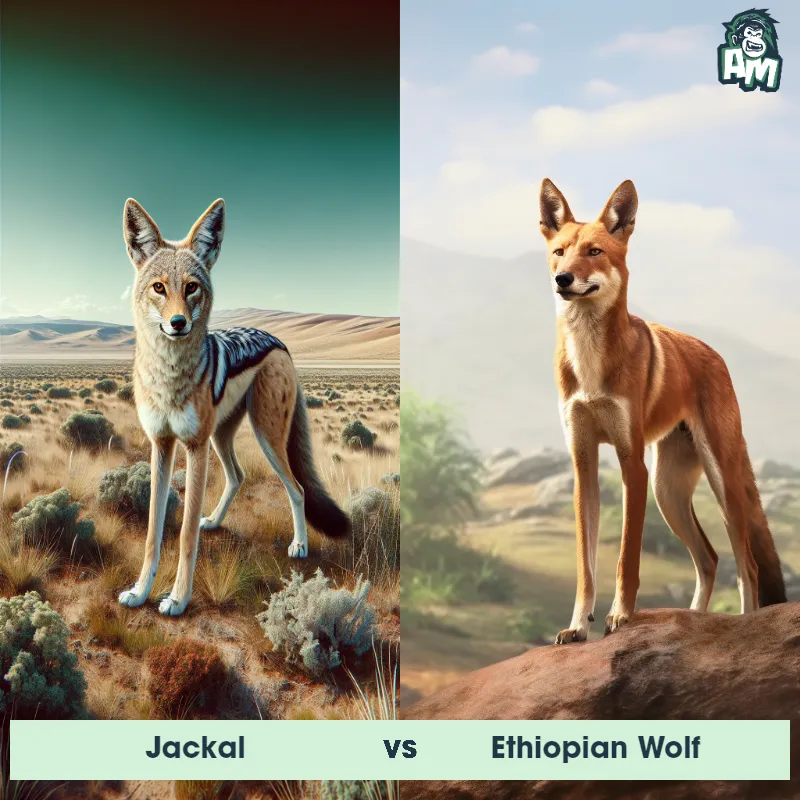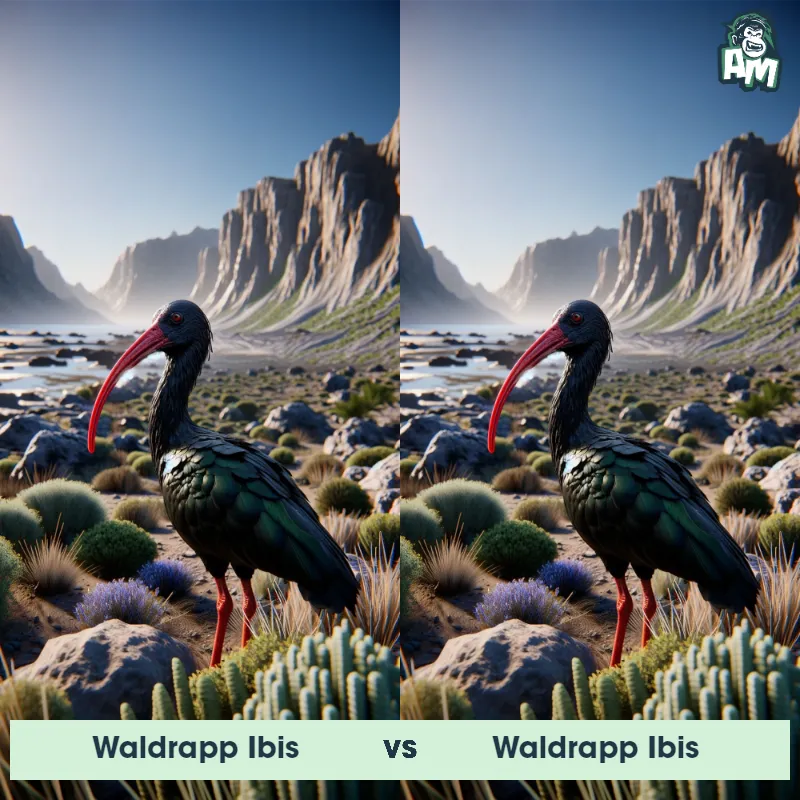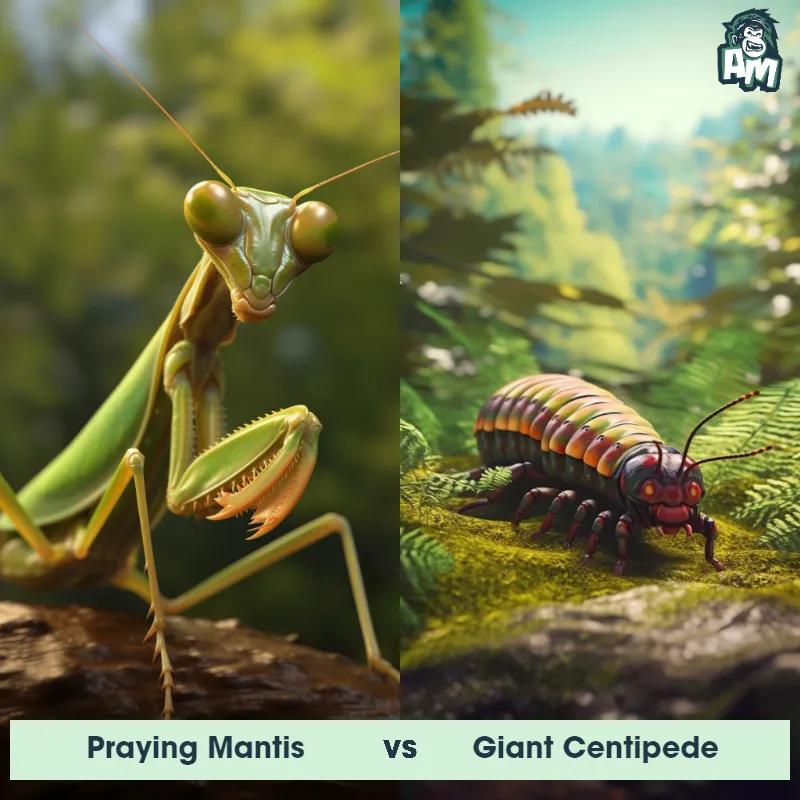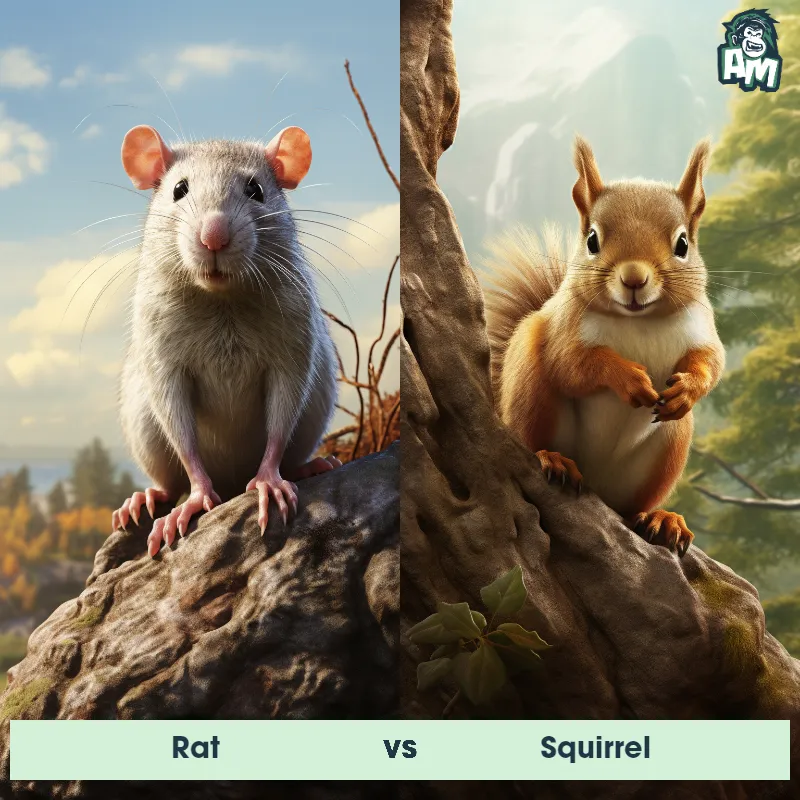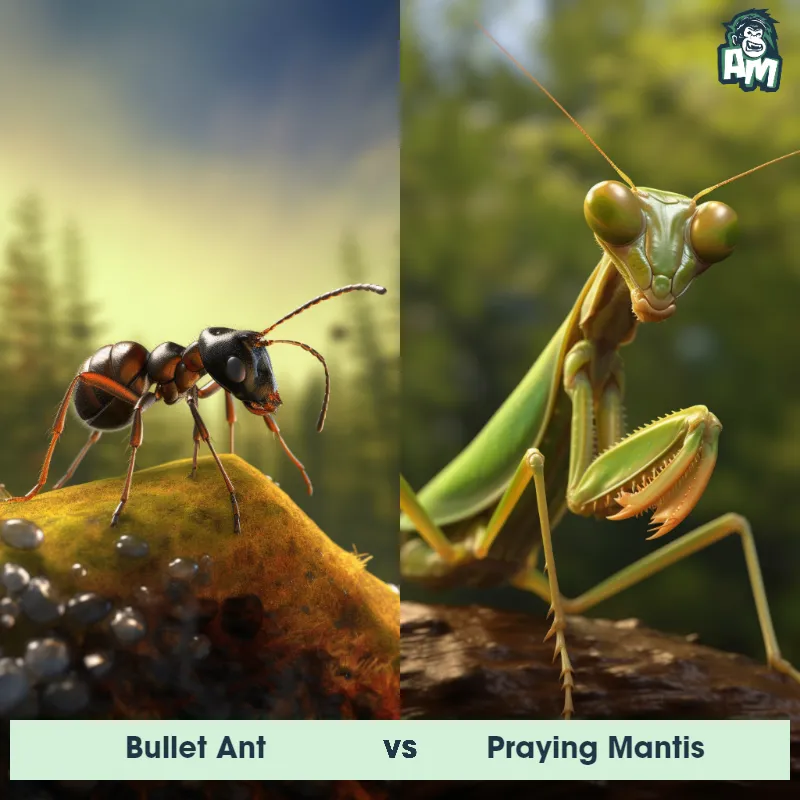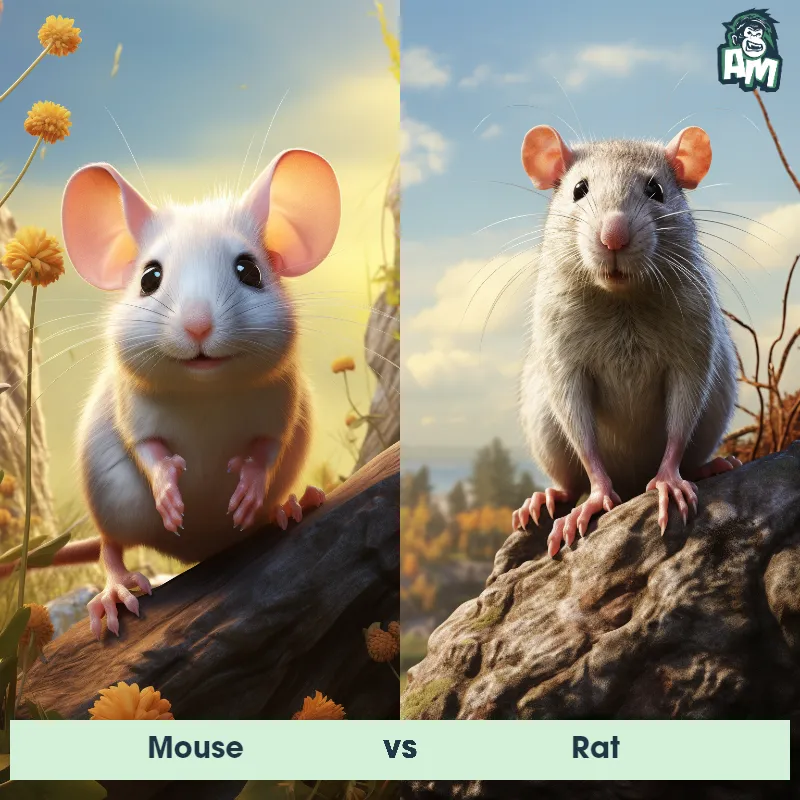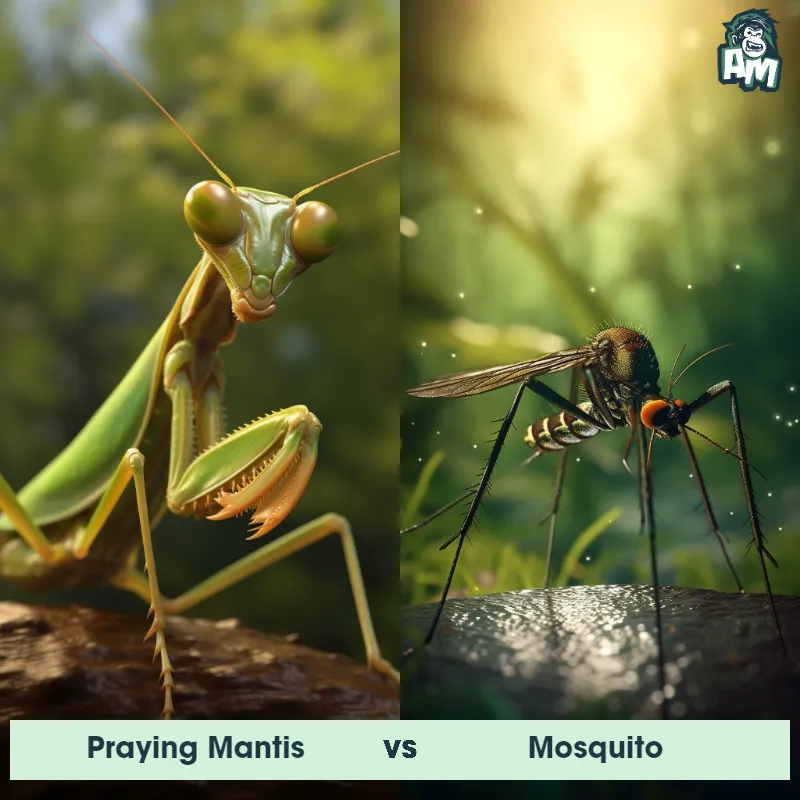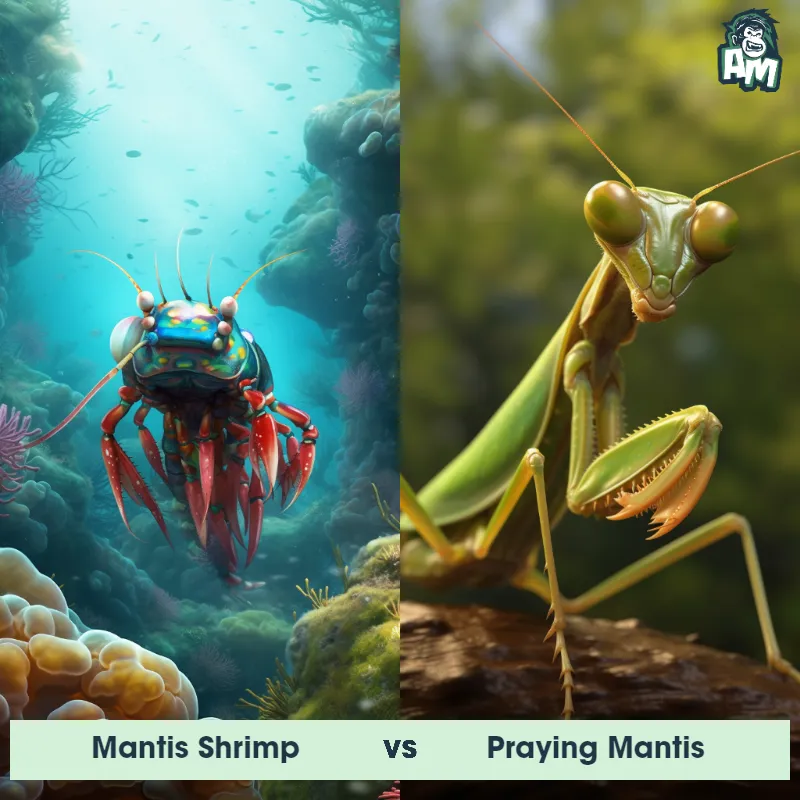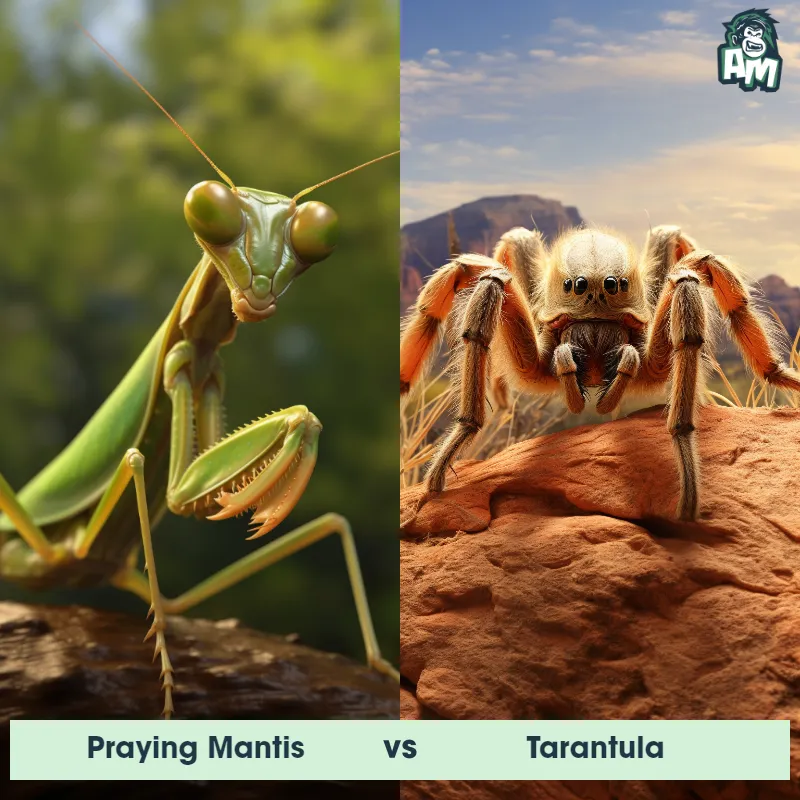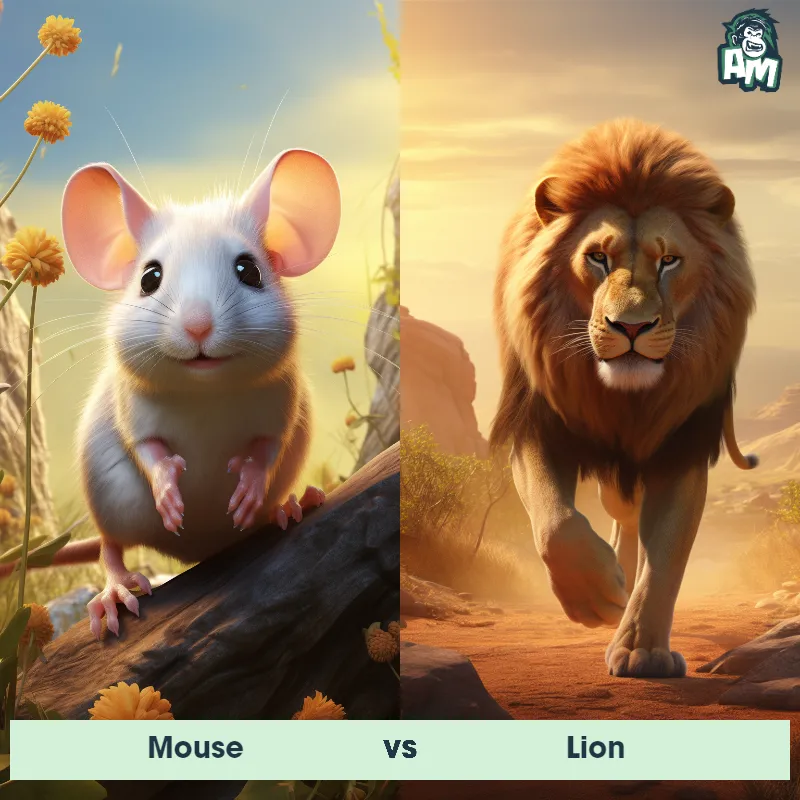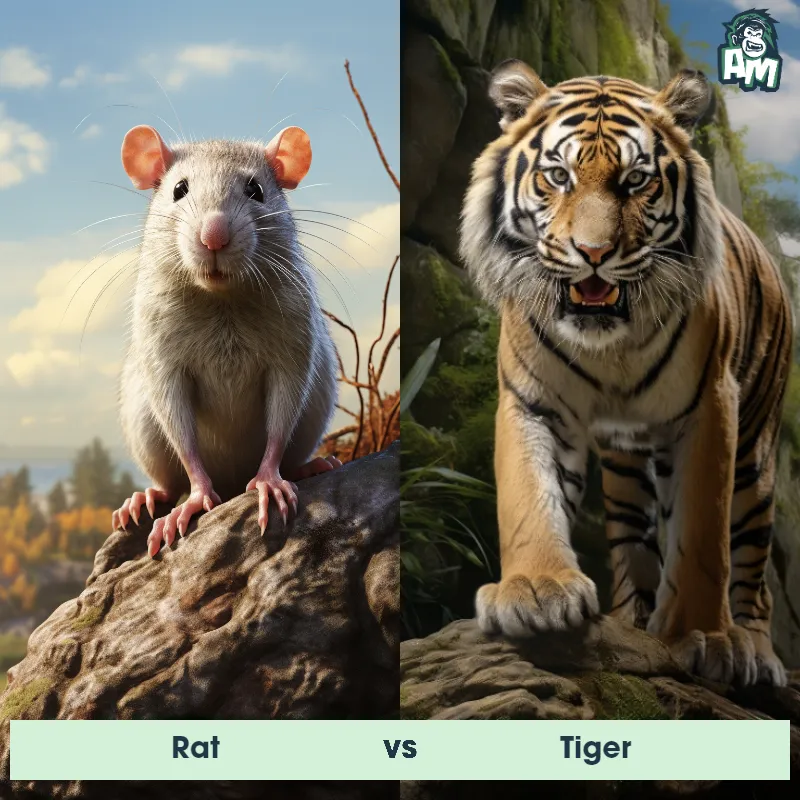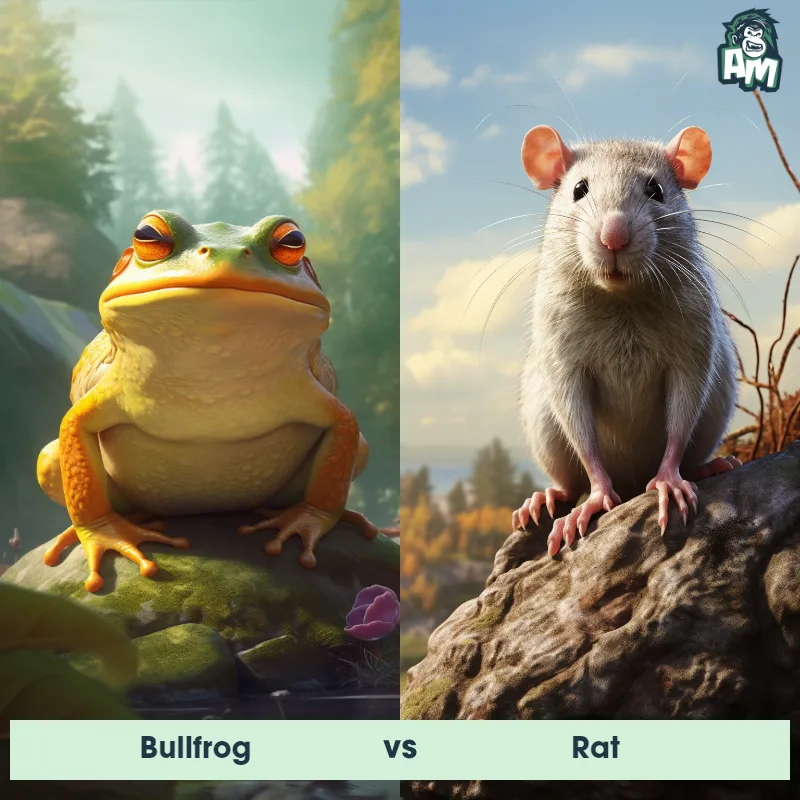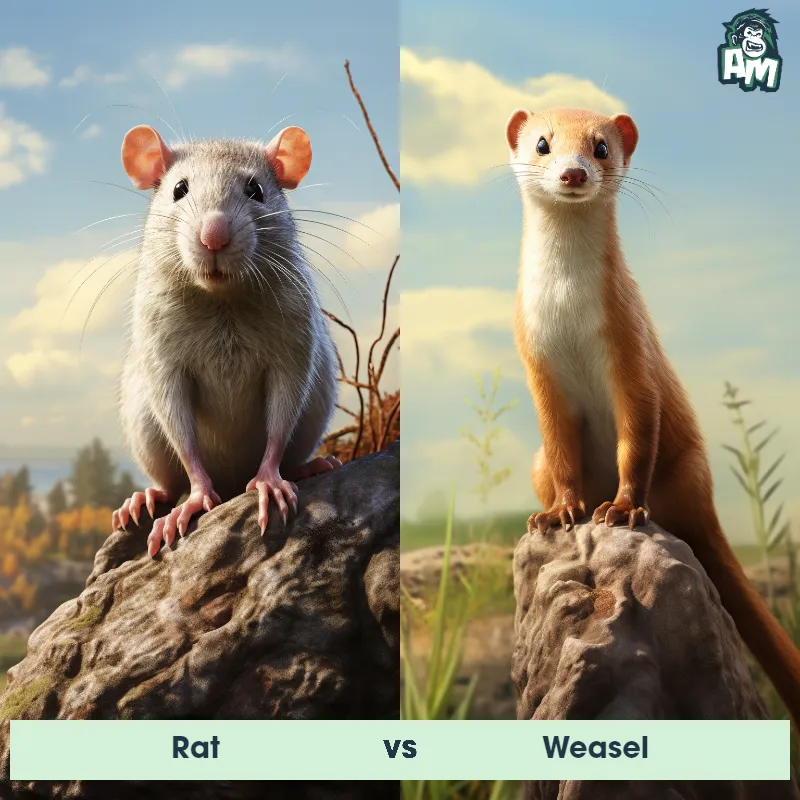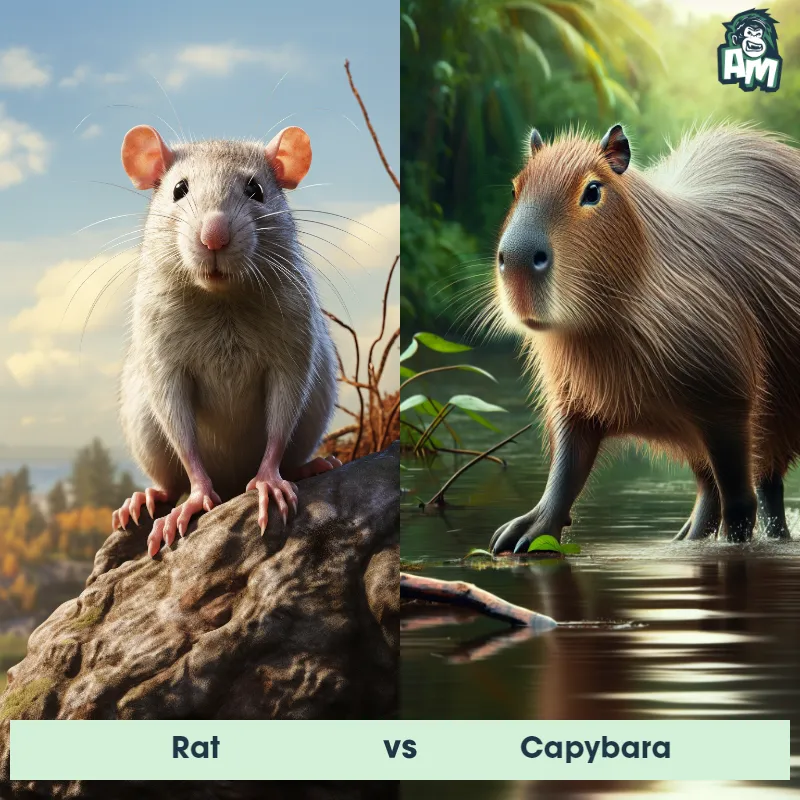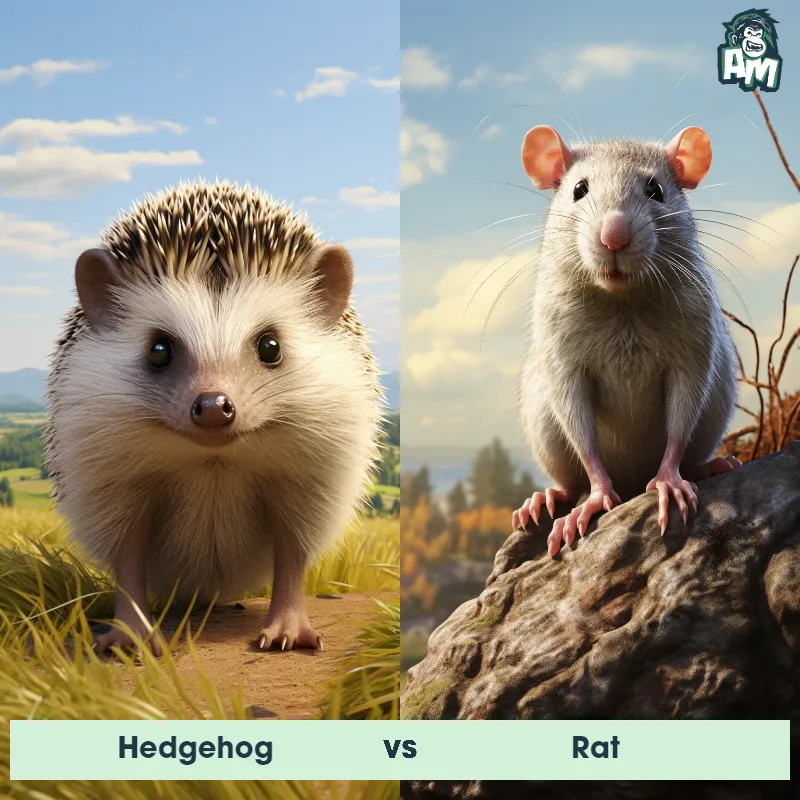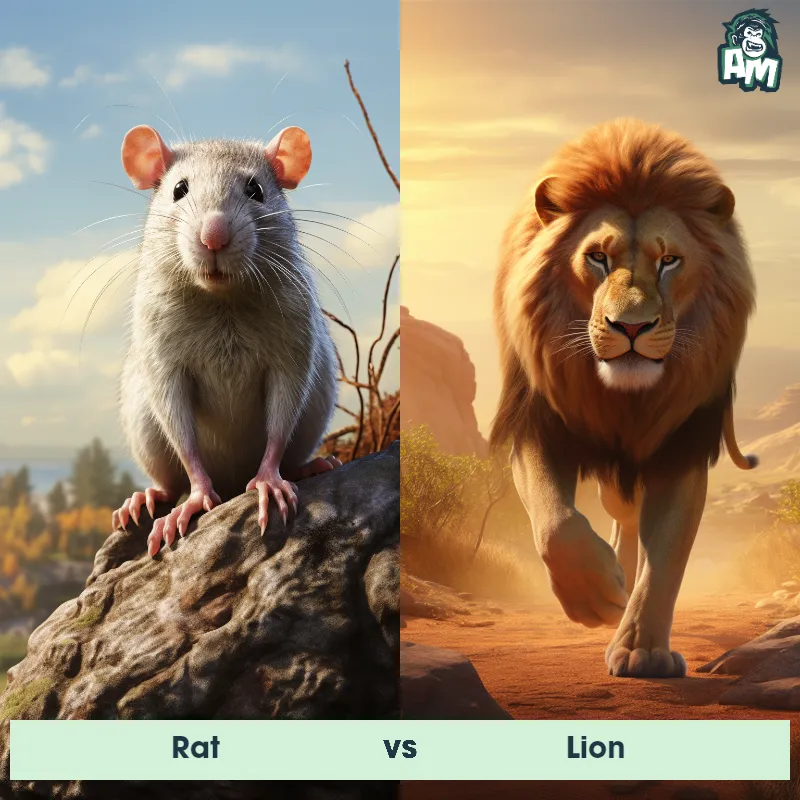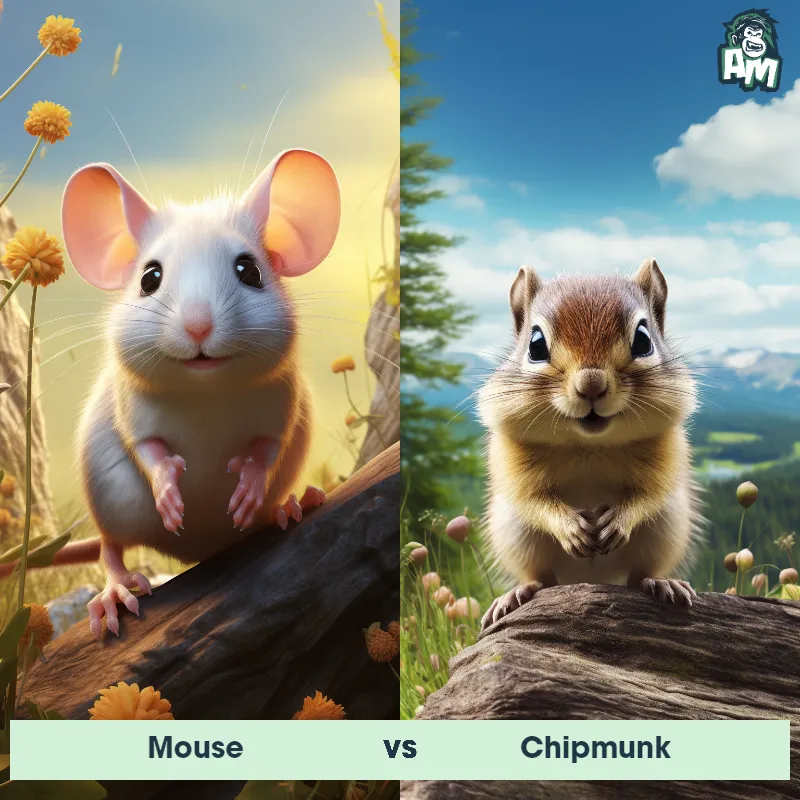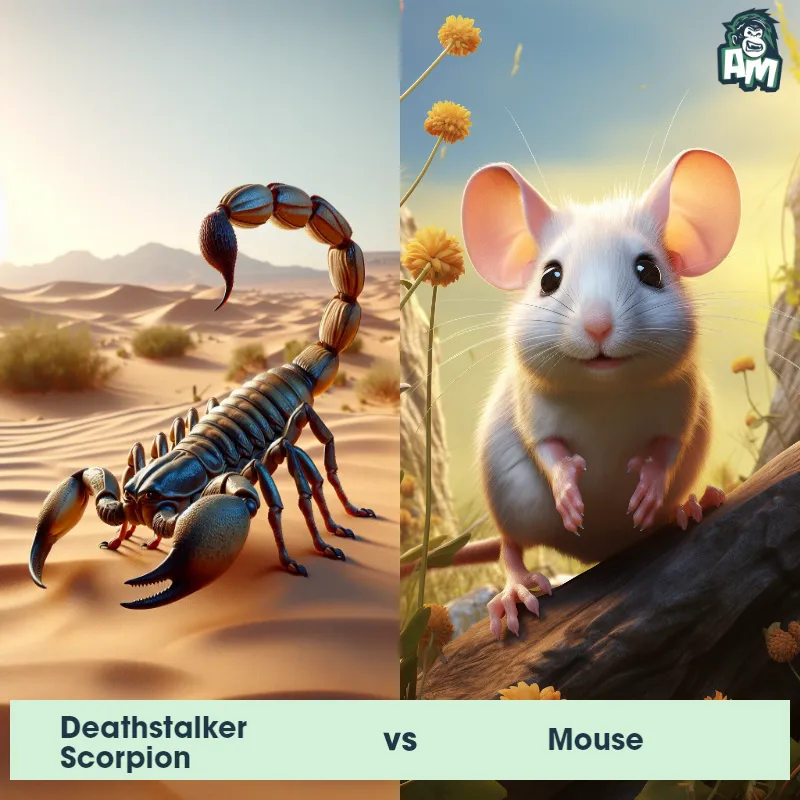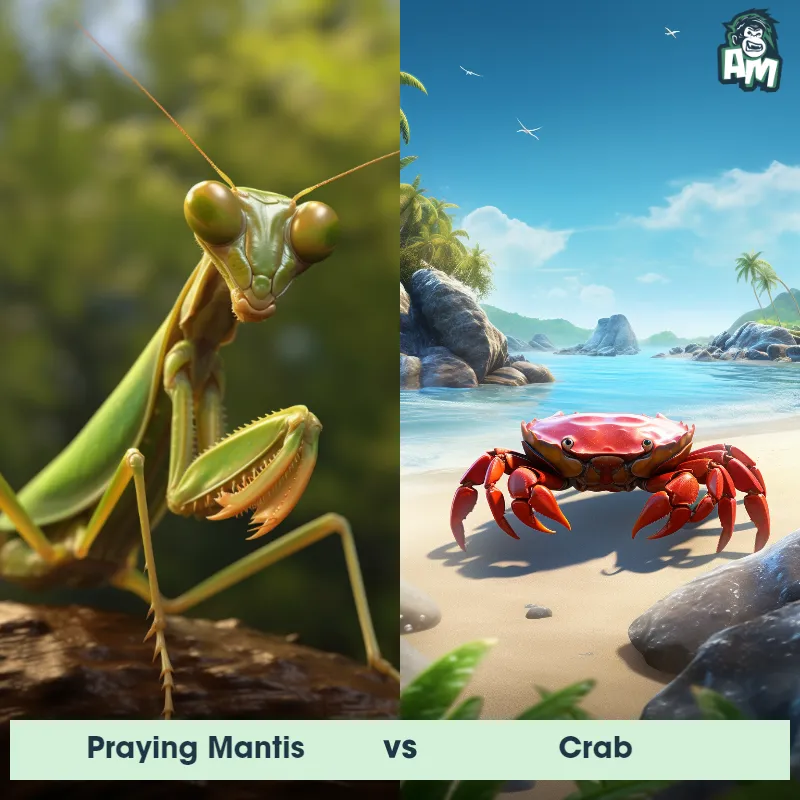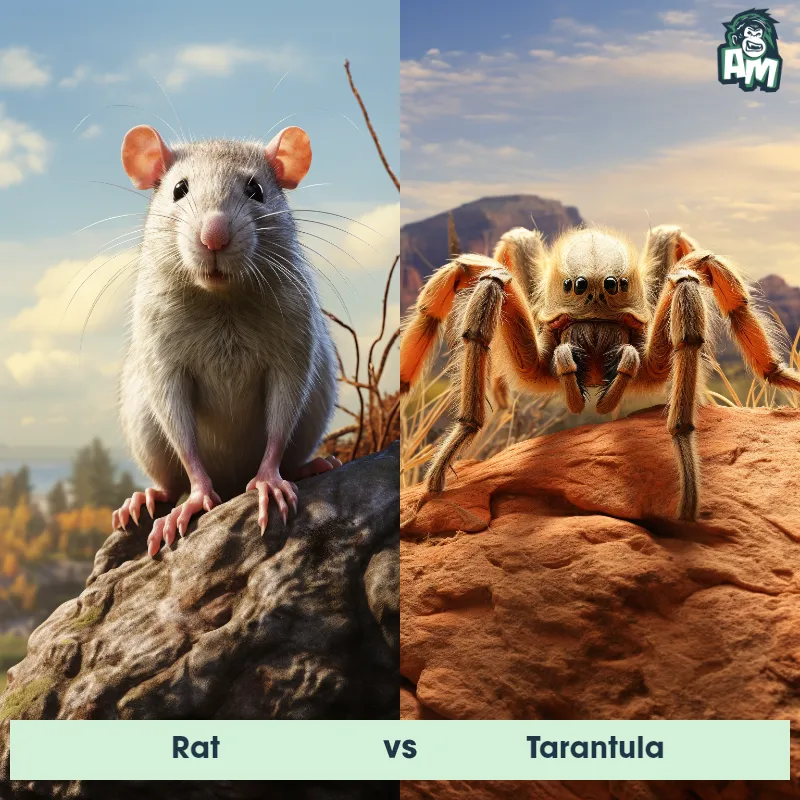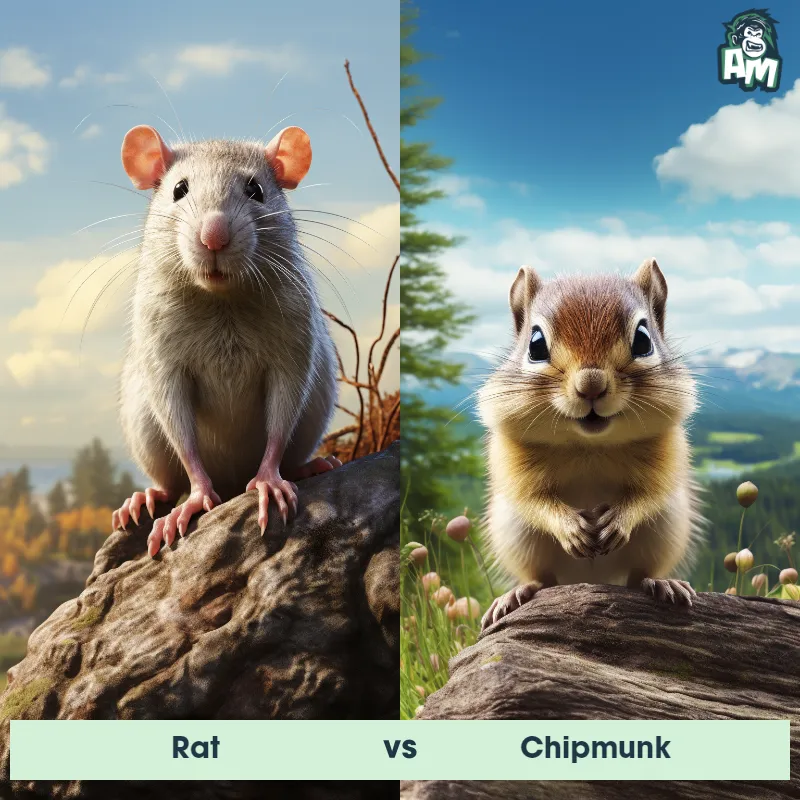Praying Mantis vs MouseSee Who Wins
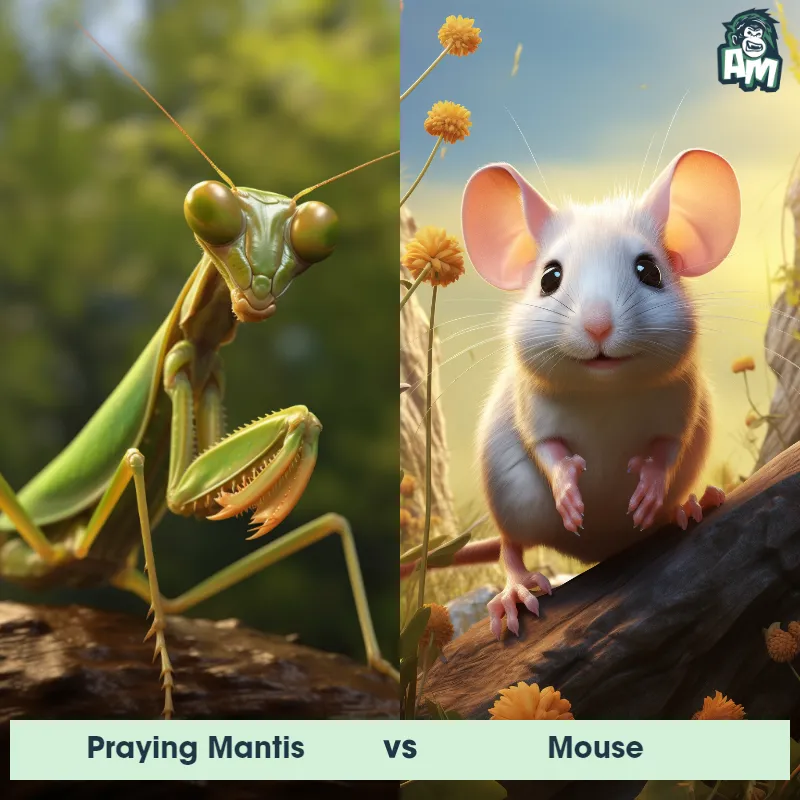
Ladies and gentlemen, welcome to this thrilling matchup where nature's finest competitors go head-to-head in a battle for supremacy! We have a fascinating clash lined up today between a Praying Mantis and a Mouse. Get ready for some high-intensity action as the insect world collides with the mammalian realm!
Contender 1: Praying Mantis
The Praying Mantis is a fascinating insect known for its unique appearance and predatory behavior. With elongated bodies and large, triangular heads, these insects are easily recognizable. They have two large, compound eyes and three small simple eyes, which allow them to see in multiple directions at once. Their front legs are modified into powerful grasping appendages, which they use to catch and hold their prey. Praying Mantises are also known for their ability to camouflage themselves, blending in with their surroundings to avoid detection.
Fun Fact: Praying Mantises are known for their cannibalistic behavior, with females often eating their male partners after mating.
Contender 2: Mouse
The Mouse is a small mammal characterized by its pointed snout, round ears, and long, thin tail. There are over 30 species of mice, but all tend to have a similar size, ranging from 1.5 to 3.5 inches in body length, with tails of similar or slightly longer lengths. Their fur can be a variety of colors, including white, brown, gray, or black, and they are known for their fast reproduction rates. Mice are omnivores, though their diets predominantly consist of plant material like seeds and fruits, as well as insects.
Fun Fact: Mice have a keen sense of hearing and can communicate with each other using ultrasonic calls, many of which are above the range of human hearing.
Matchup Stats
| Praying Mantis | Mouse | |
|---|---|---|
| Size | 2-5 inches (5-13 cm) | 1.5 to 3.5 inches (3.8 to 8.9 cm) |
| Weight | 0.1-0.6 ounces (3-18 grams) | 0.5 to 1 ounce (14 to 28 grams) |
| Speed | Speed: 1.5 mph (2.4 km/hr) | 8mph (13km/h) |
| Key Strength | Powerful grasping front legs | Agility and speed |
| Biggest Weakness | Vulnerable to being flipped onto their backs | Small size and lack of defensive mechanisms |
Current Votes
Praying Mantis vs Mouse
See Who Wins
Match Highlights
View More Matches
Looking For More?
Similar Matches
Scientific Stats
| Praying Mantis | Mouse | |
|---|---|---|
| Scientific Name | Mantodea | Mus |
| Family | Mantidae | Muridae |
| Habitat | Terrestrial | Various, including fields, forests, and human dwellings |
| Geography | Worldwide | Worldwide |
| Diet | Insects, spiders, and other small animals | Omnivorous, predominantly plant material and insects |
| Lifespan | 6 months - 1 year | 1 year - 3 years |
Key Differences between Praying Mantis and Mouse
- Appendages: The Praying Mantis possesses long, specialized front legs that are folded in a "prayer" position when at rest, while the Mouse has relatively short and rounded forelimbs with sharp claws for climbing and burrowing.
- Eyes: The Praying Mantis has large compound eyes on each side of its head, providing a wide field of vision, while the Mouse has relatively small, rounded eyes on the front of its head, offering binocular vision.
- Coloration: The Praying Mantis is typically green or brown, allowing for excellent camouflage among leaves and branches, whereas the Mouse can display various colors, including brown, gray, and white, depending on the species and habitat.
- Leg count: The Praying Mantis has six legs, with the front pair modified for grasping prey, while the Mouse has four legs adapted for movement, with sharp claws on each foot for digging and climbing.
- Size: The Praying Mantis typically measures between 2 to 3 inches in length, while the Mouse ranges from about 2.5 to 4 inches in length, excluding the tail.
- Body shape: The Praying Mantis has an elongated, slender body with a distinct neck and triangular head, whereas the Mouse has a compact body with a round head and no visible neck.



